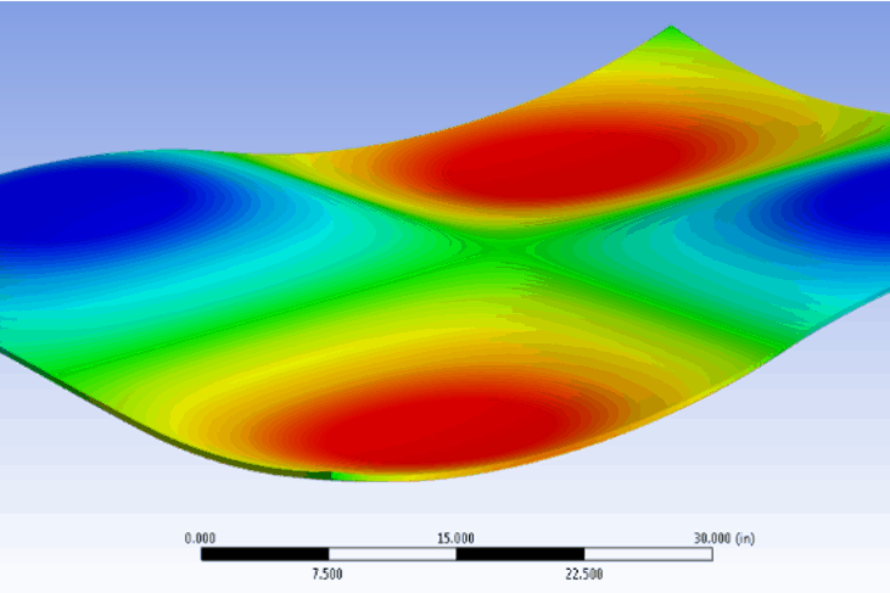Talk to an Expert About Laser Peen Forming
Laser peen forming has numerous applications for fabrication and repair of parts with complex curves.
Laser peen straightening is a service life extension treatment that mitigates component distortion while improving fatigue strength of the part.
In both processes, LSP Technologies’ successful modeling and application of controlled plastic strain improves both geometric tolerances and residual stress profiles for enhanced reliability and performance.
Are you interested in learning more on how Laser Peen Forming works and the benefits you’ll see for your components? Talk with us to discover how Laser Peen Forming can add efficiency and precision for your applications.











